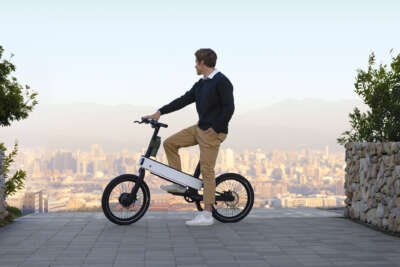Autonomous Farming

- The first harvest robot is being used in strawberry fields
- Rubion

Farms of the future will have various machines scuttling about – or so envisage a host of companies developing agricultural robots.
On a strawberry farm near you, a robot called Rubion could soon be rolling between bushes. In-built monitoring allows it to evaluate ripeness. A mechanical arm reaches out, gently picks the juicy berries, and places them bruiseless into a punnet, until the required weight is reached.
Claimed as the world’s first fully autonomous strawberry picker, Rubion was unveiled by Belgian R&D company Octinion recently at the Berlin trade fair Fruit Logistica. They talk it up as the “answer to the labour shortage in the sector” caused by demographic and socioeconomic changes, and a way to boost produce quality, too. A Belgian engineering team started development at the family business in 2014 and has beaten off competition to get there first. Next to Rubion, Octinion offers robots for other uses, such as Curion, which monitors crop status, Lumin which fights powdery mildew on strawberries with UV-C light, and more.
British tech start-up Dogtooth is another player on the “farminator” scene. It has been funded by Innovate UK awards, and several angel investors. They claim their strawberry picking robots will allow autonomous navigation along crop rows, selection of ripe fruit, grading of berries, and direct placement into punnets. The advantage is also to allow night-time picking when temperatures are lower, and data gathering to optimise yields, quality and marketing.
Other pioneers include a Plymouth University-based start-up whose picking robot can pluck 25,000 berries a day – 10,000 more than a human during an eight-hour shift. Weeding could be implemented by a robot, to slash herbicide use by 90%, if Swiss company Ecorobotix succeeds in using its $11 m funding wisely. And last February, UK supermarket chain Waitrose began a three-year trial with Small Robot Company. Tom, Dick and Harry are the resultant machines, planting seeds, mapping fields and eliminating weeds with lasers.















